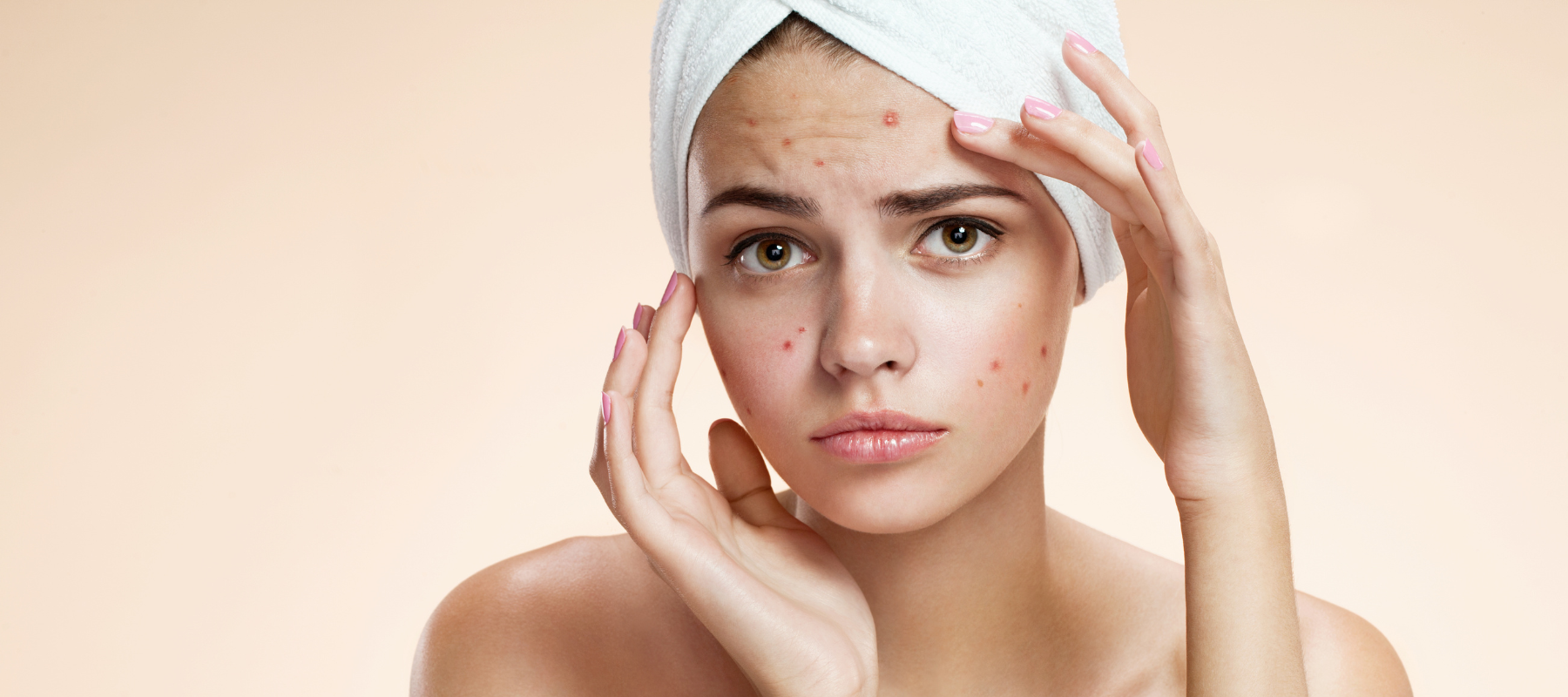
Does It Work: Can We Really Apply Ice on Pimples?
- The Science Behind It: How does Ice Help with Acne?
- Benefits of Applying Ice on Pimples
- Proper Technique for Using Ice on Pimples
- Common Myths and Misconceptions About Using Ice on Pimples
- Alternatives to Using Ice for Treating Acne
- Potential Risks and Side Effects of Using Ice on Pimples
- Conclusion: Is Applying Ice Really Effective for Treating Pimples?
One tried-and-true method has endured the test of time in the ever-evolving field of skincare, where fashions come and go: putting ice on acne. This easy-to-follow but fascinating method has been handed down through the generations as a quick treatment for those annoying blemishes that show up on our skin without warning. But is this age-old custom supported by reliable science, or is it just another myth about beauty?
The million-dollar question: Can we apply ice on pimples? In this article, we'll examine the science behind using ice for pimples, as well as its possible advantages, correct application methods, myths, and alternatives, as well as potential hazards and negative consequences.
The Science Behind It: How does Ice Help with Acne?
We must first comprehend the underlying science in order to understand the effectiveness of using ice on pimples. Acne develops when oil and dead skin cells clog hair follicles, providing the perfect habitat for the growth of bacteria, mainly Propionibacterium acnes. This causes swelling, erythema, and the appearance of pimples.
Applying ice to pimples is believed to work through several mechanisms. Check out the most important ones discussed here.
1. Reducing Inflammation
In order to restrict blood flow to the area, ice can assist in constricting blood vessels. By reducing swelling and redness, this constriction might make the pimple look less visible.
2. Numbing Sensation
Ice's cold nature might temporarily relieve the agony or discomfort brought on by inflamed pimples by numbing the skin's nerve endings.
Benefits of Applying Ice on Pimples
Let's investigate the potential advantages of applying ice on pimples now that we are aware of the science behind it:
1. Reduced Redness
The vasoconstrictive qualities of ice can cause a decrease in redness, making pimples less obvious and inflamed.
Also Read: How to Reduce the Redness of Acne and Pimples?
2. Pain Relief
Ice's numbing properties help ease the throbbing or agony sometimes connected to enlarged pimples.
3. Reduced Swelling
By reducing the pimple's swelling, ice can help it look smaller and less noticeable.
4. Faster Healing
Ice may help the pimple heal more quickly by encouraging vasoconstriction and lowering inflammation.
Proper Technique for Using Ice on Pimples
Use the right technique to apply ice to pimples in order to get the most out of its potential benefits. Here we have discussed some of the most crucial ones:
1. Cleanse your face
To eliminate debris and extra oil, start by gently cleansing your face.
2. Wrap ice in a cloth
Never put ice on your skin directly because doing so might lead to frostbite. Instead, enclose the ice cube with a piece of clean, paper-thin fabric.
3. Apply gently
For 1-2 minutes, place the wrapped ice cube against the zit. Avoid applying too much pressure because this can harm the skin.
4. Allow rest periods
To avoid over-exposure to cold, wait between applications on your skin. A minimum of 15-20 minutes should pass before reapplying.
Common Myths and Misconceptions About Using Ice on Pimples
While applying ice to pimples properly can be helpful, the following myths and misconceptions need to be dispelled:
1. Instant cure
Ice is not a magic acne treatment. It may offer momentary relief and lessen the visibility of pimples, but it won't make them go away immediately.
2. Prevention
Ice works better at reducing existing acne than at avoiding new ones. The root causes of acne are not addressed.
Alternatives to Using Ice for Treating Acne
Other acne treatments are available if using ice to zits doesn't appeal to you or if you're looking for alternatives:
1. Topical treatment
Acne can be successfully lessened using over-the-counter or prescription topical medications that contain chemicals like benzoyl peroxide, salicylic acid, or retinoids.
2. Proper skincare
Acne can be prevented and managed by establishing a regular skincare routine that includes washing, exfoliating, and moisturising.
The Pink Foundry's Acne Care & Healing Gel Moisturiser with Tea Tree & Cica can help diminish the appearance of acne and control excess oil by maintaining a healthy skin barrier.
The Clearing & Calming Acne Face Wash deeply cleanses the skin and prevents breakouts while refreshing and clearing your skin.
The Overnight Acne Spot Corrector is an effective and fast-acting spot treatment that works to eliminate breakouts with potent ingredients like sulfur and salicylic acid.
These products, when used in tandem with each other, create an effective skincare routine that helps you achieve a smoother skin texture.
3. Lifestyle and diet
In terms of preventing acne, a balanced diet, enough water intake, and stress management can all be very helpful.
Potential Risks and Side Effects of Using Ice on Pimples
Although most people find ice to be generally harmless, it's important to be aware of any hazards or adverse effects:
1. Frostbite
Frostbite, which results in skin injury, can be brought on by repeatedly applying ice to the skin.
2. Irritation
The application of ice may cause skin irritation or redness in certain people. If this happens, stop using it.
3. Limited Efficacy
Ice is mostly used as a symptomatic cure and may not be effective in treating acne's underlying causes.
Conclusion: Is Applying Ice Really Effective for Treating Pimples?
Wondering, ‘Does ice help acne?’ By lowering redness, swelling, and agony, applying ice to pimples can offer momentary relief. It does not, however, deal with the root causes of acne and is not a long-term cure.
Adopting a thorough skin care regimen and, if necessary, seeing a dermatologist for individualised treatment options are essential for managing acne effectively. Ice may provide a temporary solution in a pinch, but for long-term success in getting clear and healthy skin, a holistic approach to skincare and acne control is necessary.






















































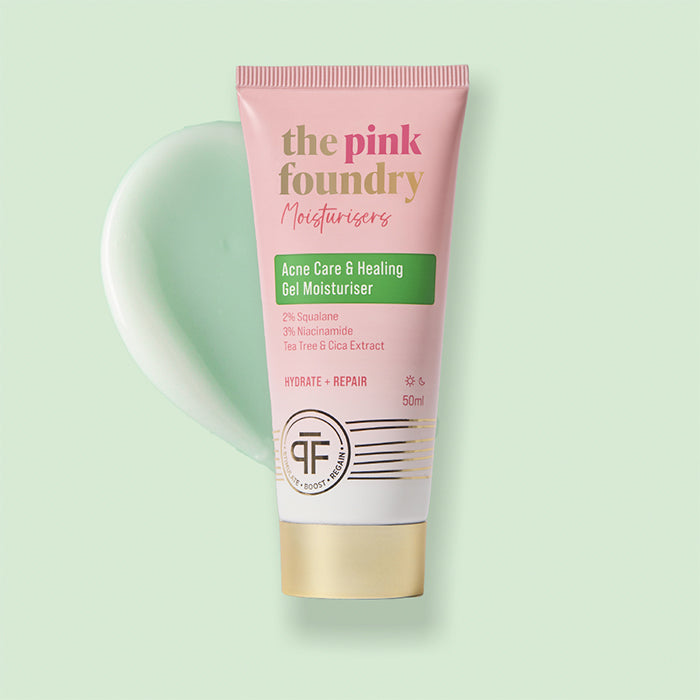

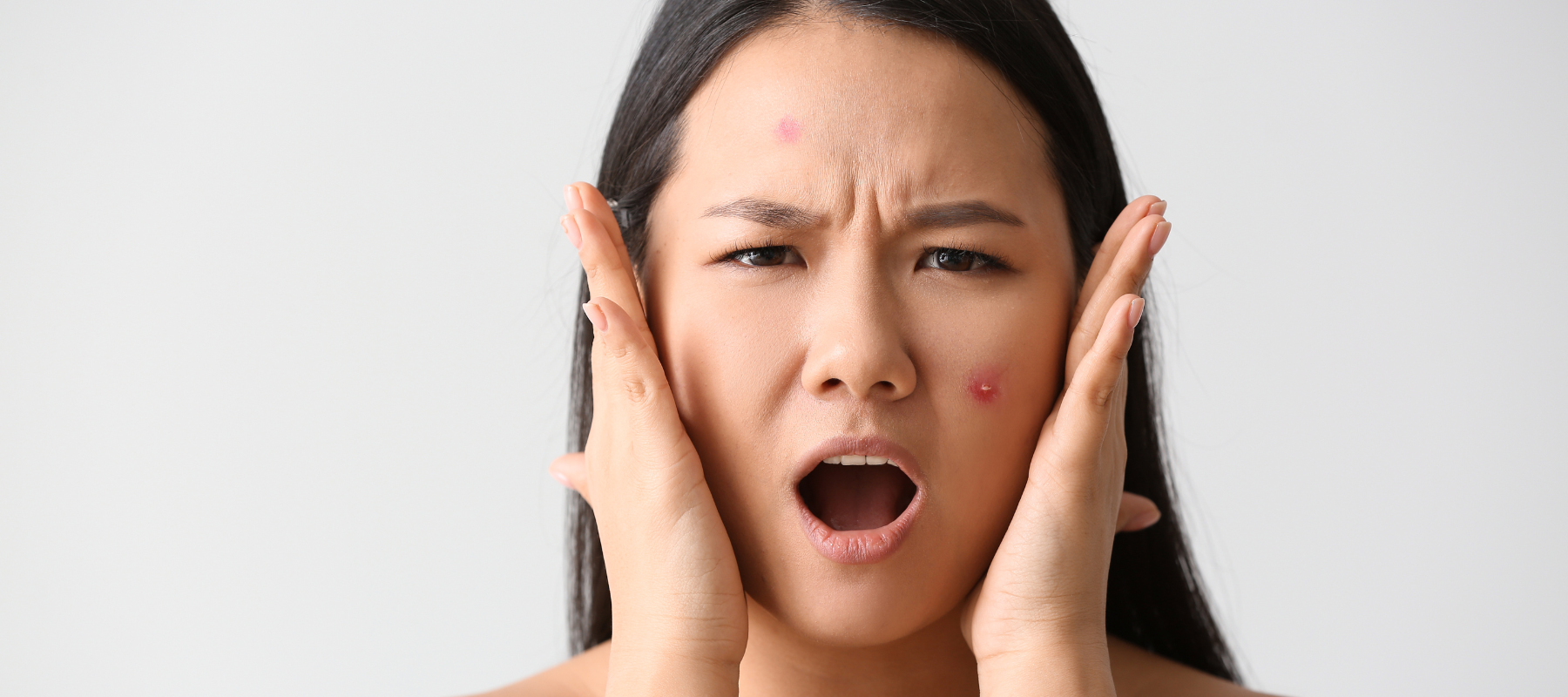
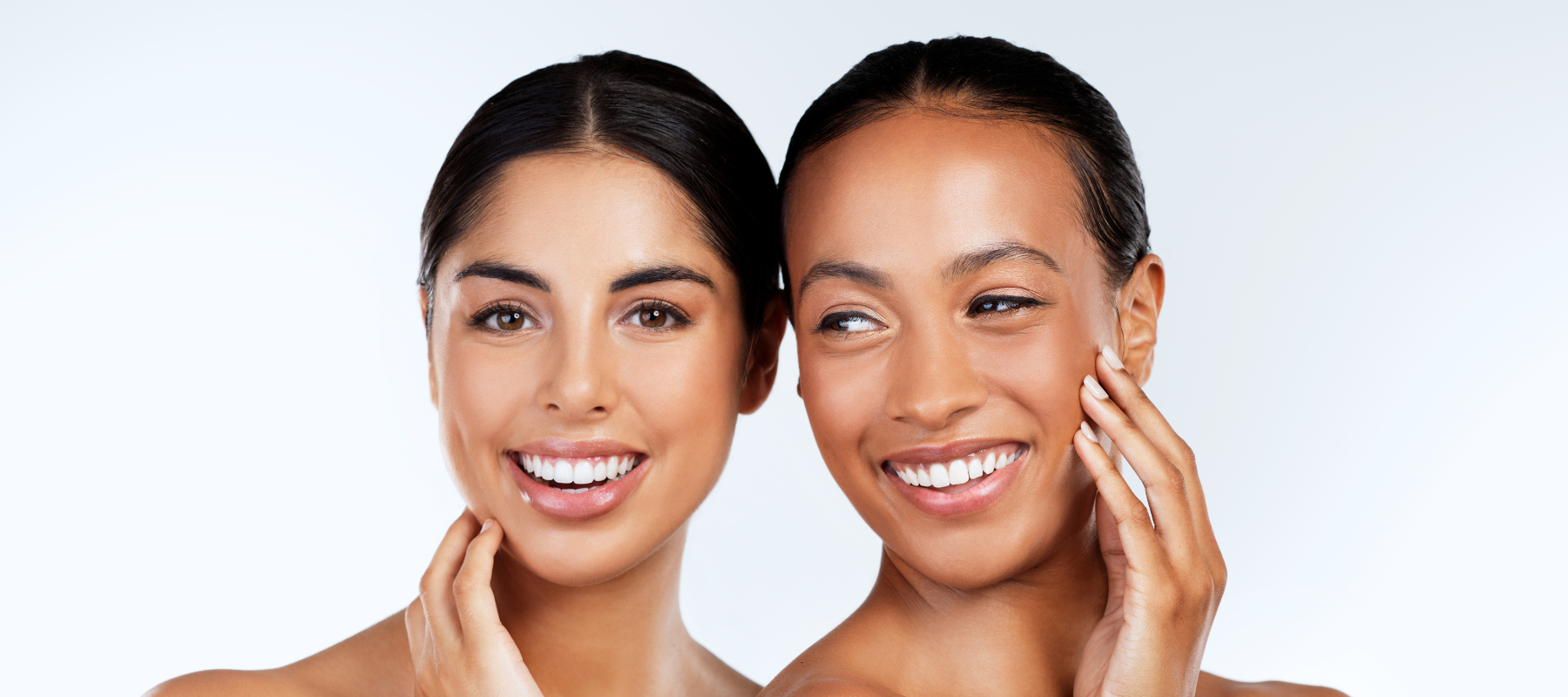

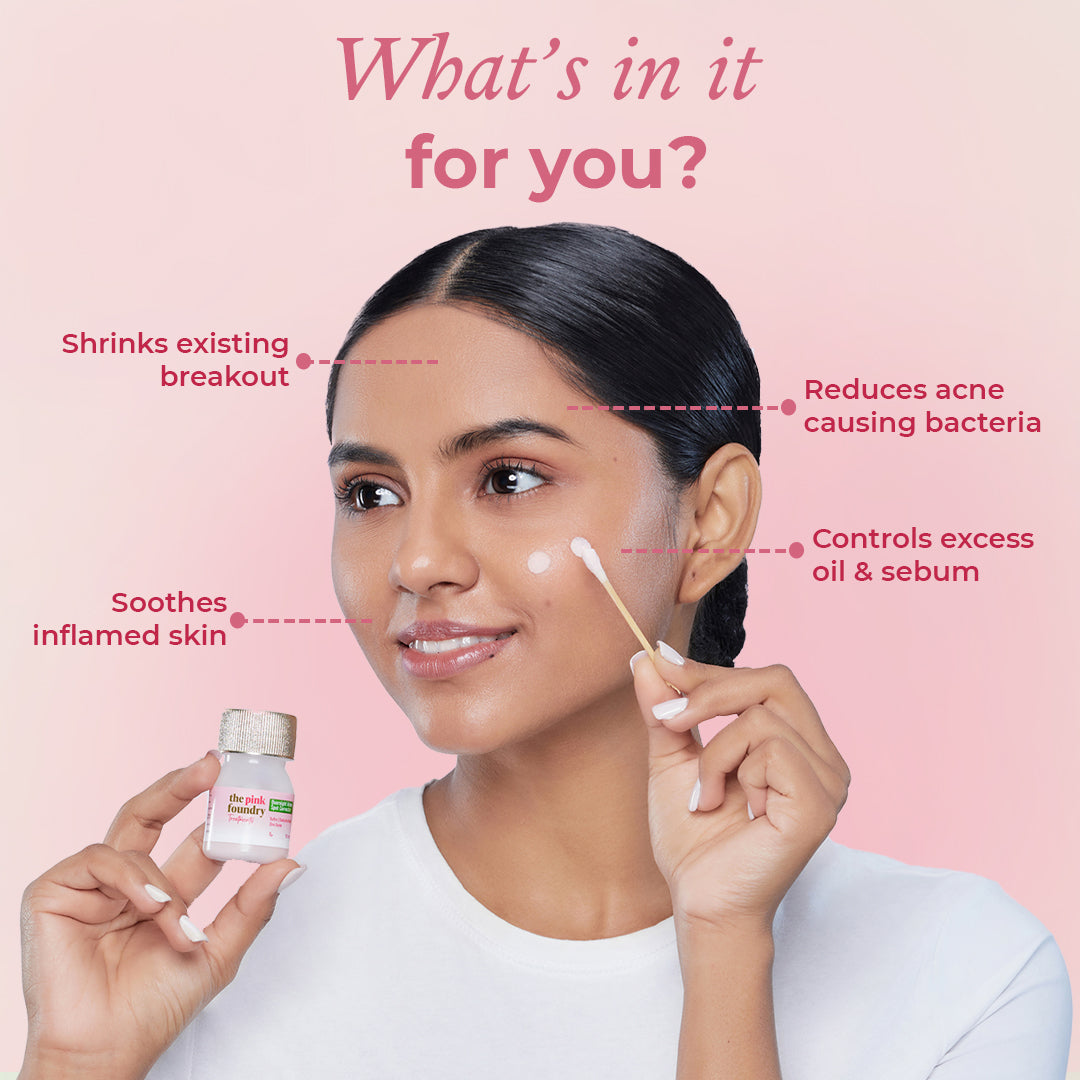
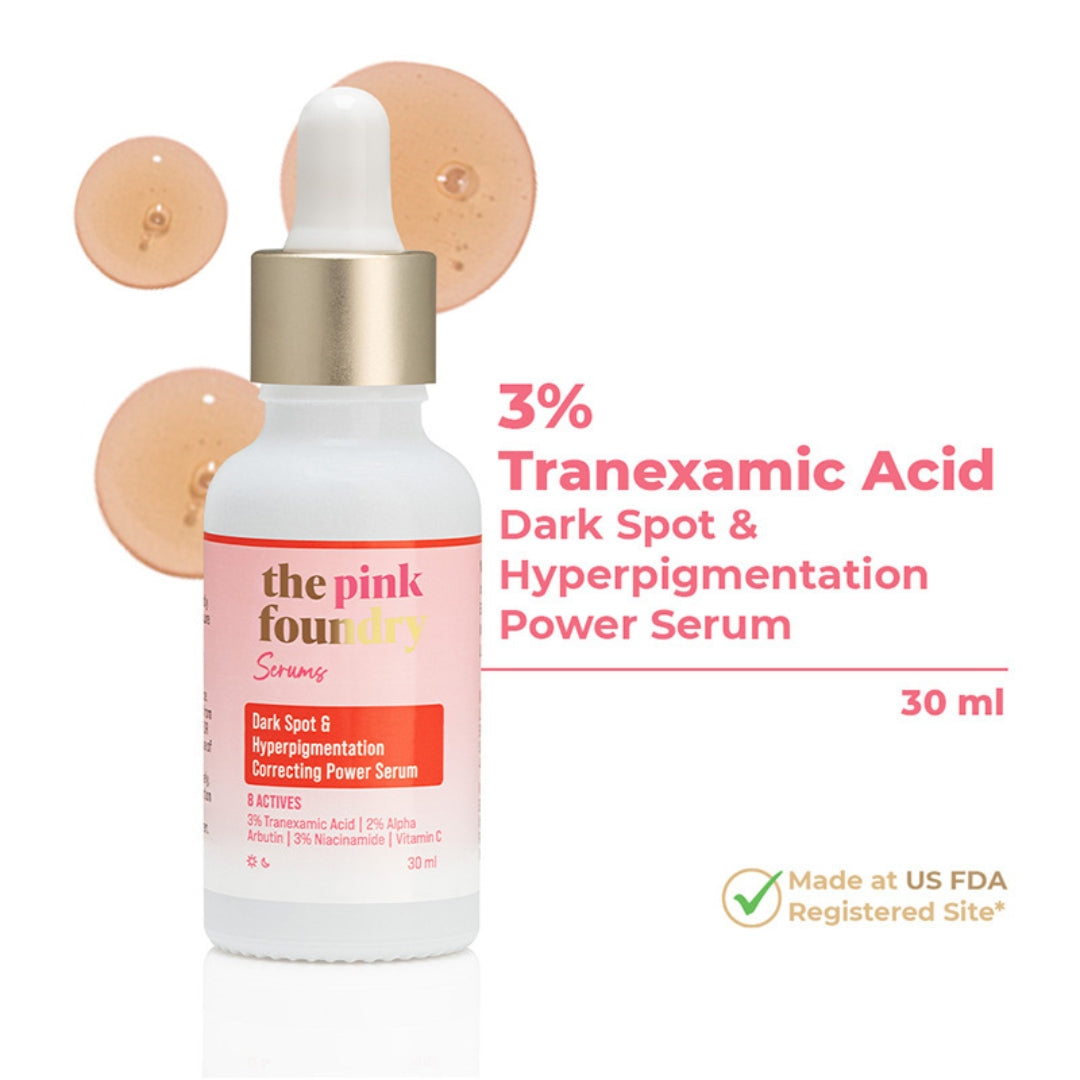
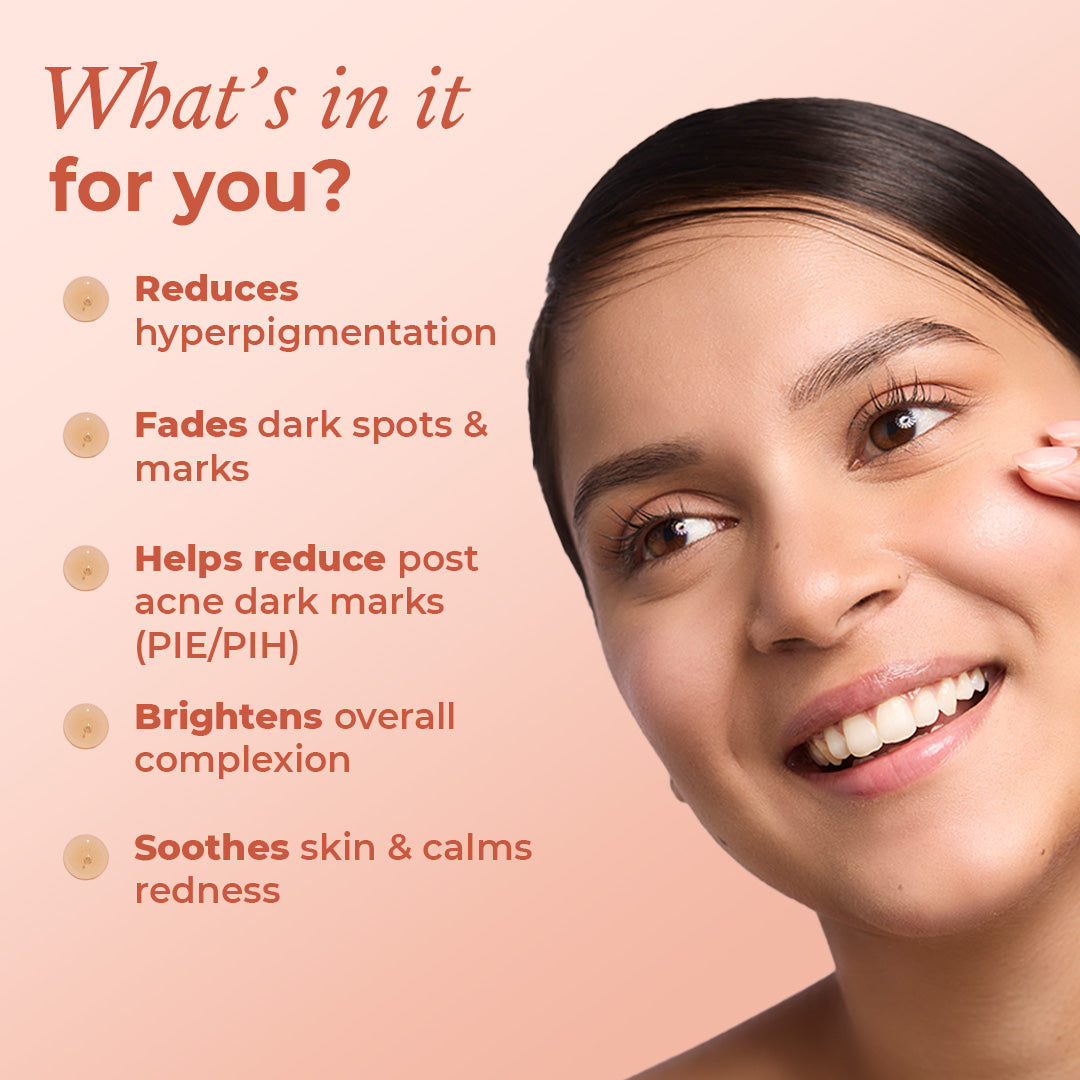
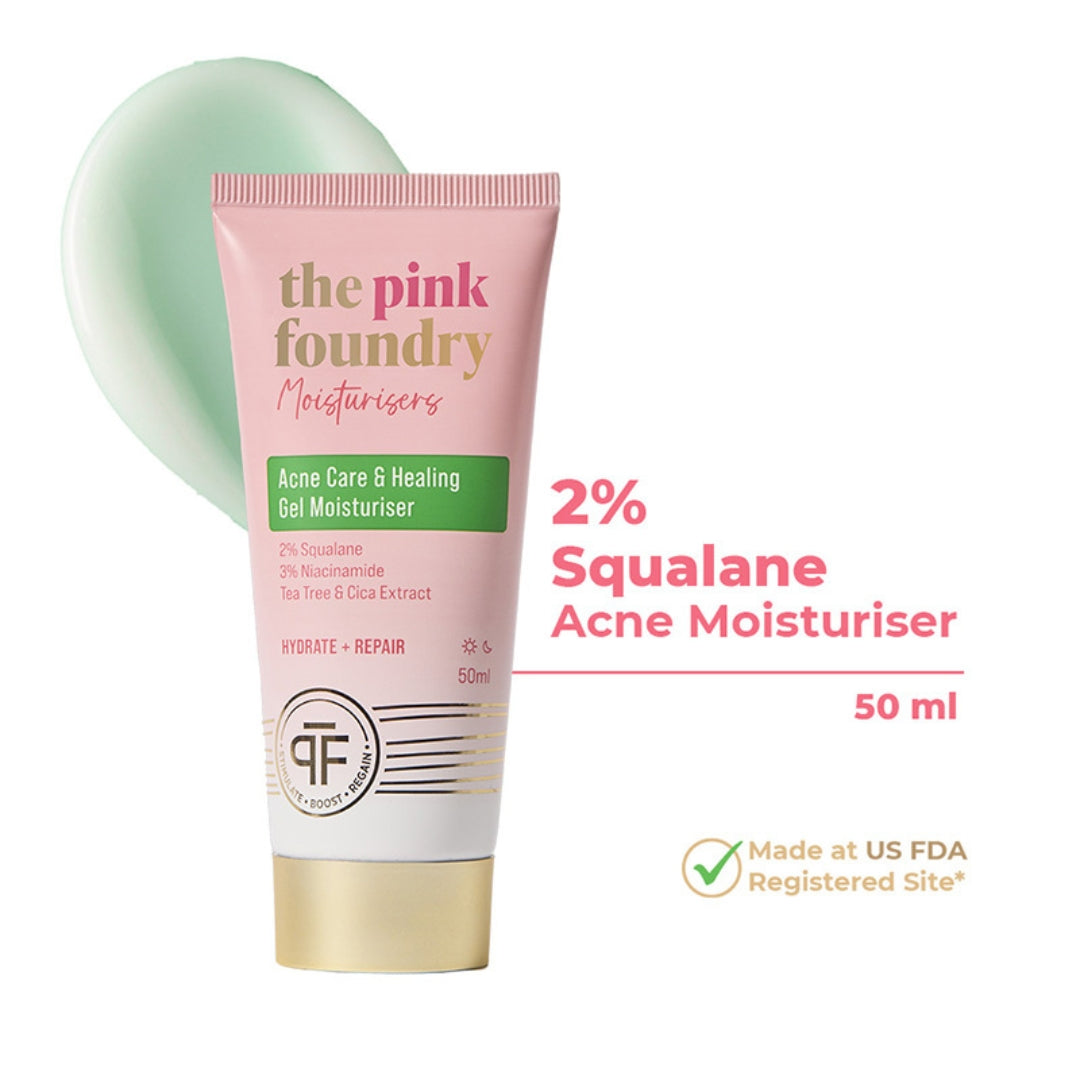
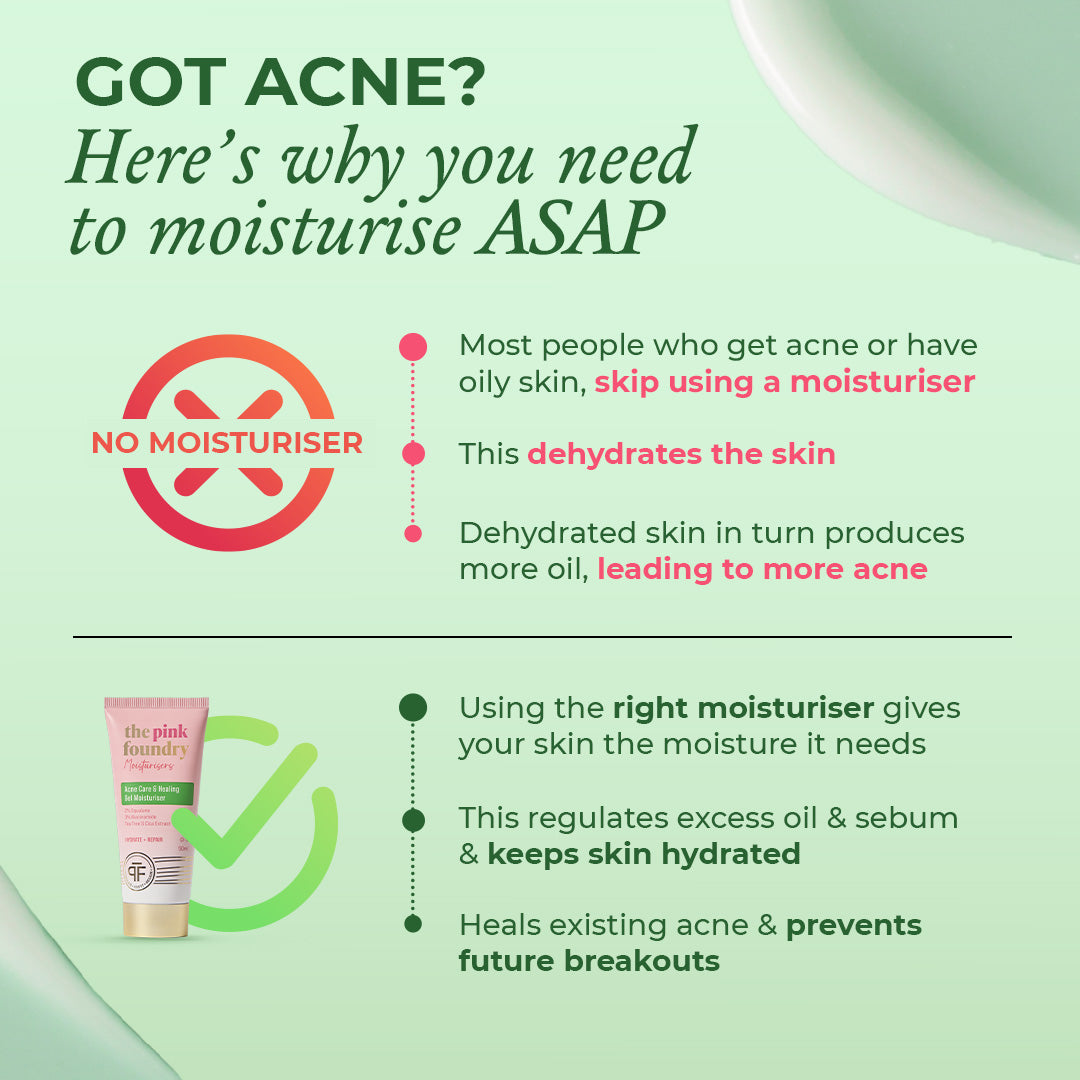
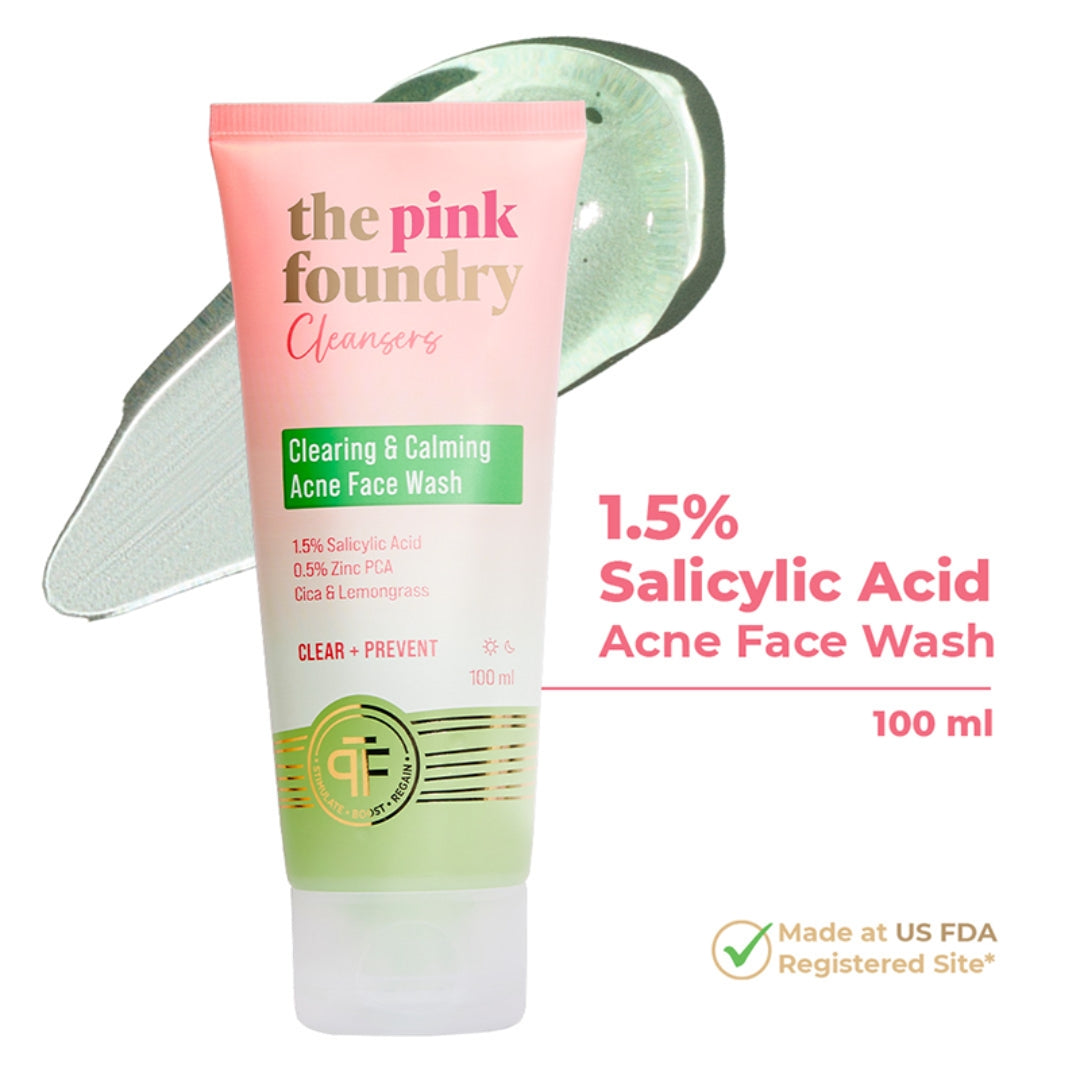
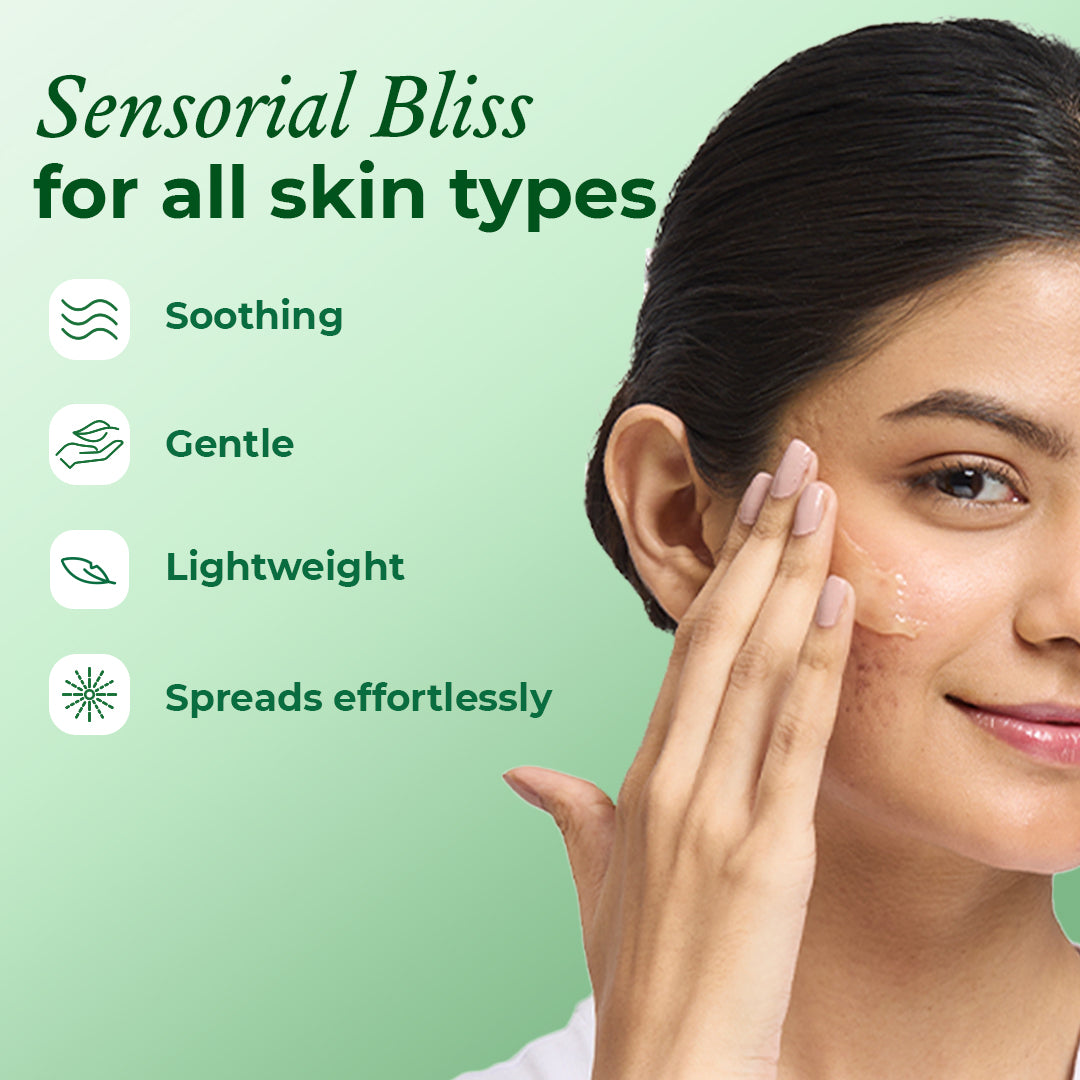
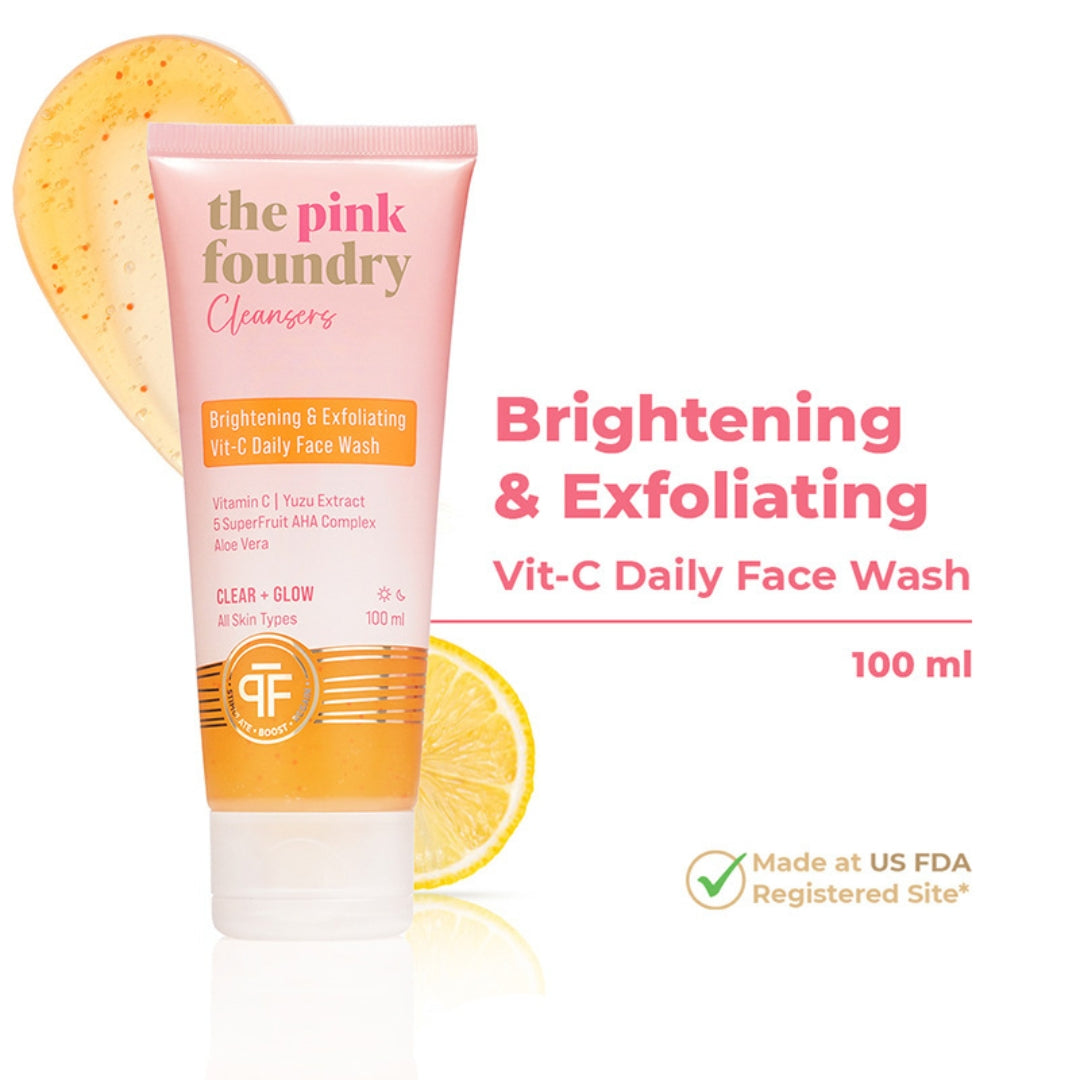
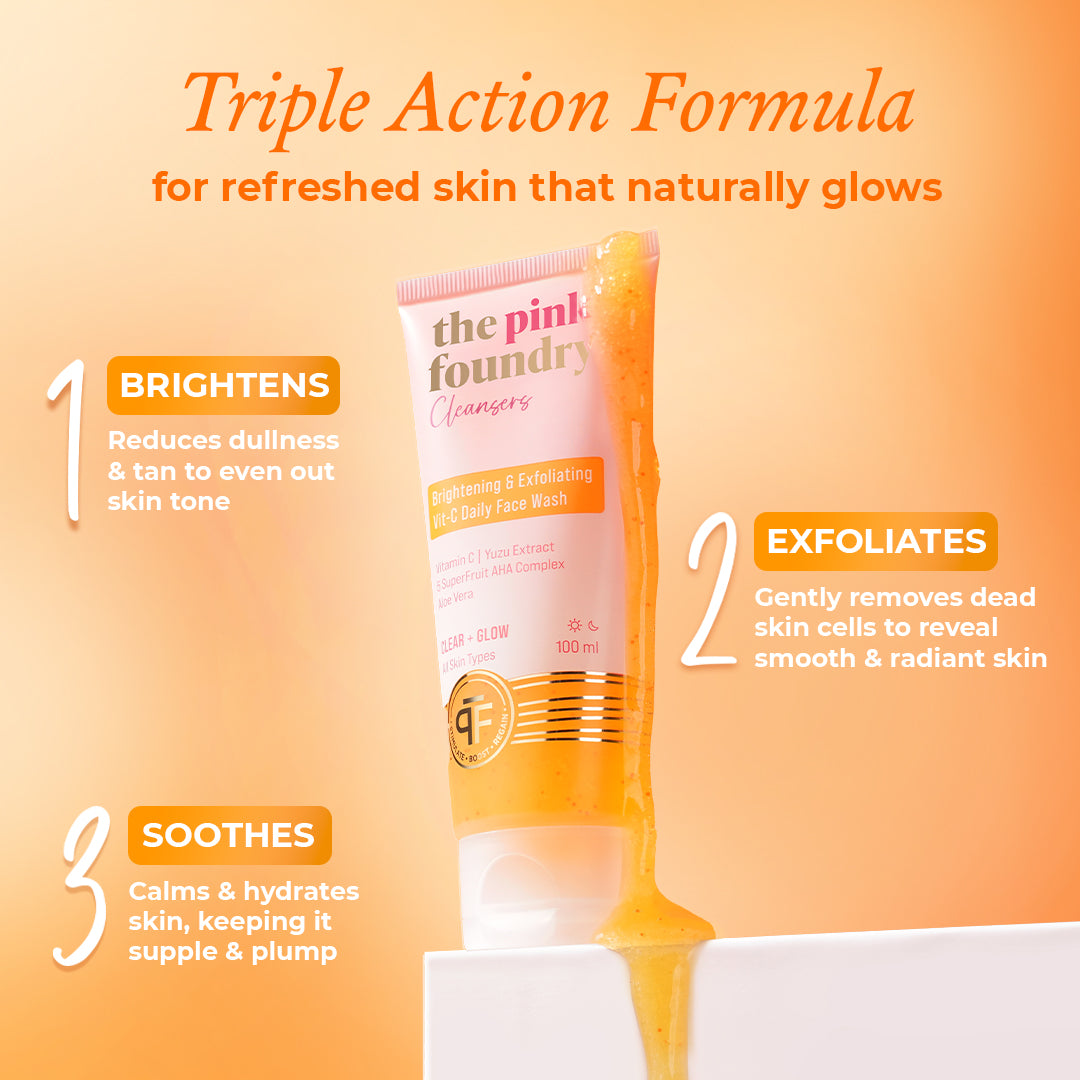
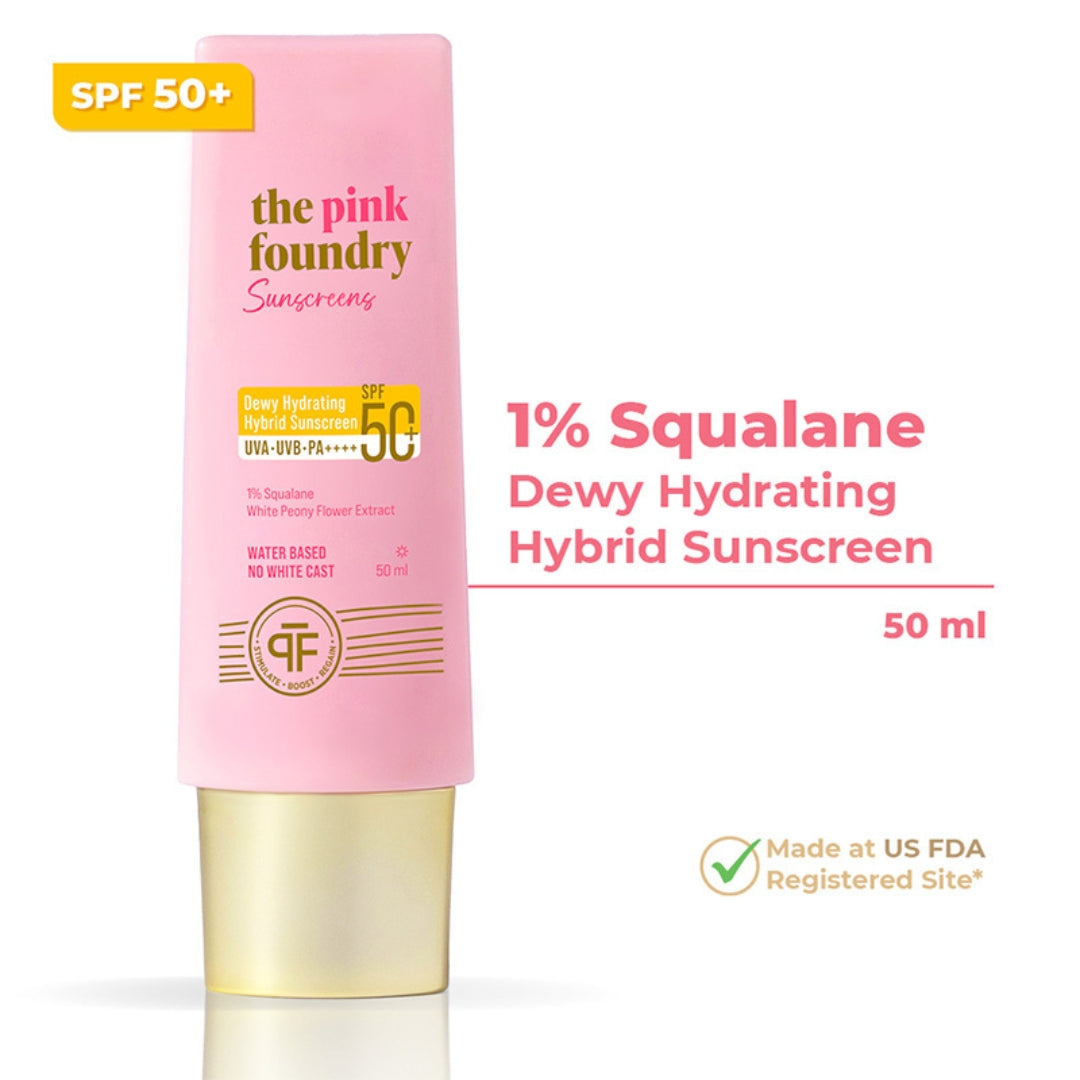
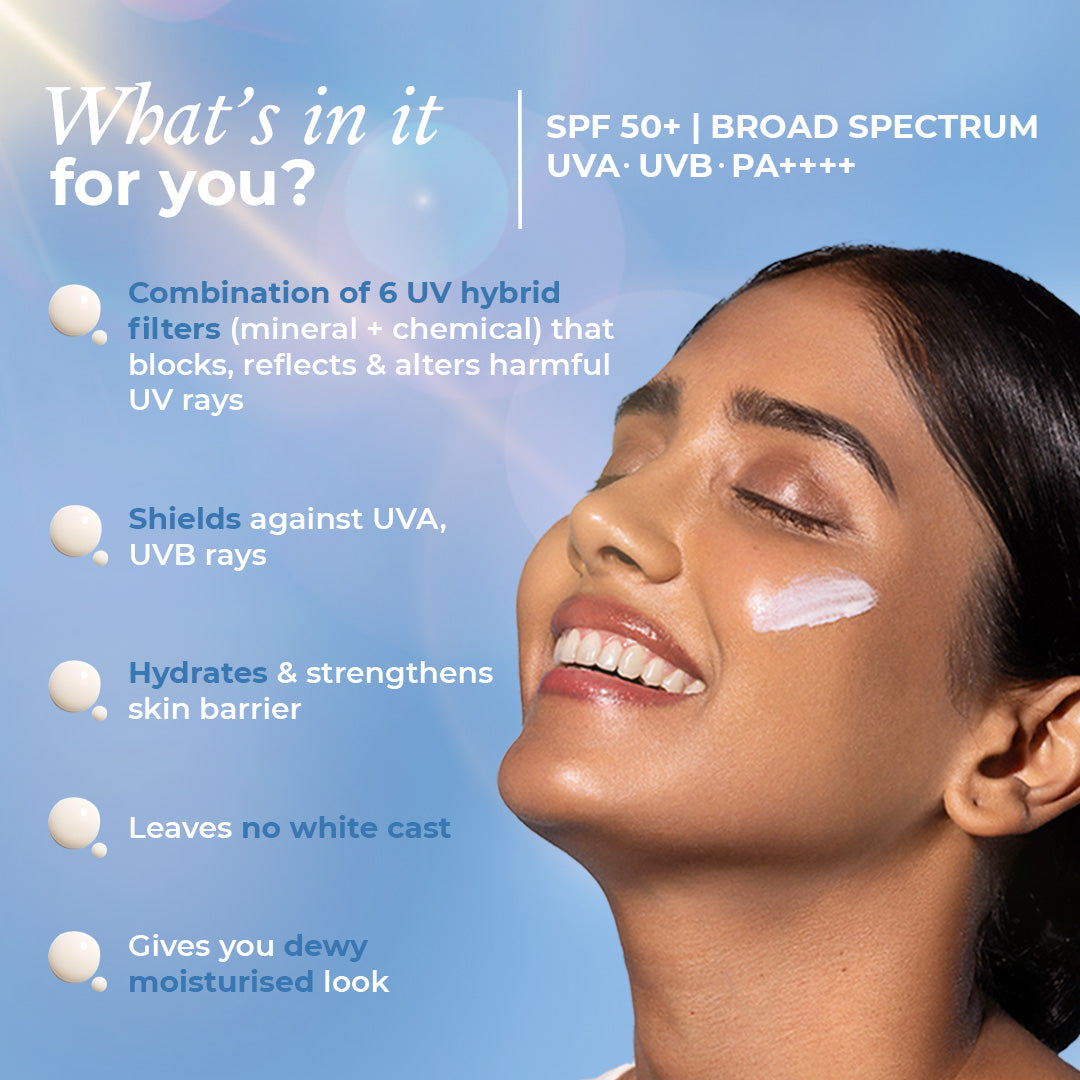
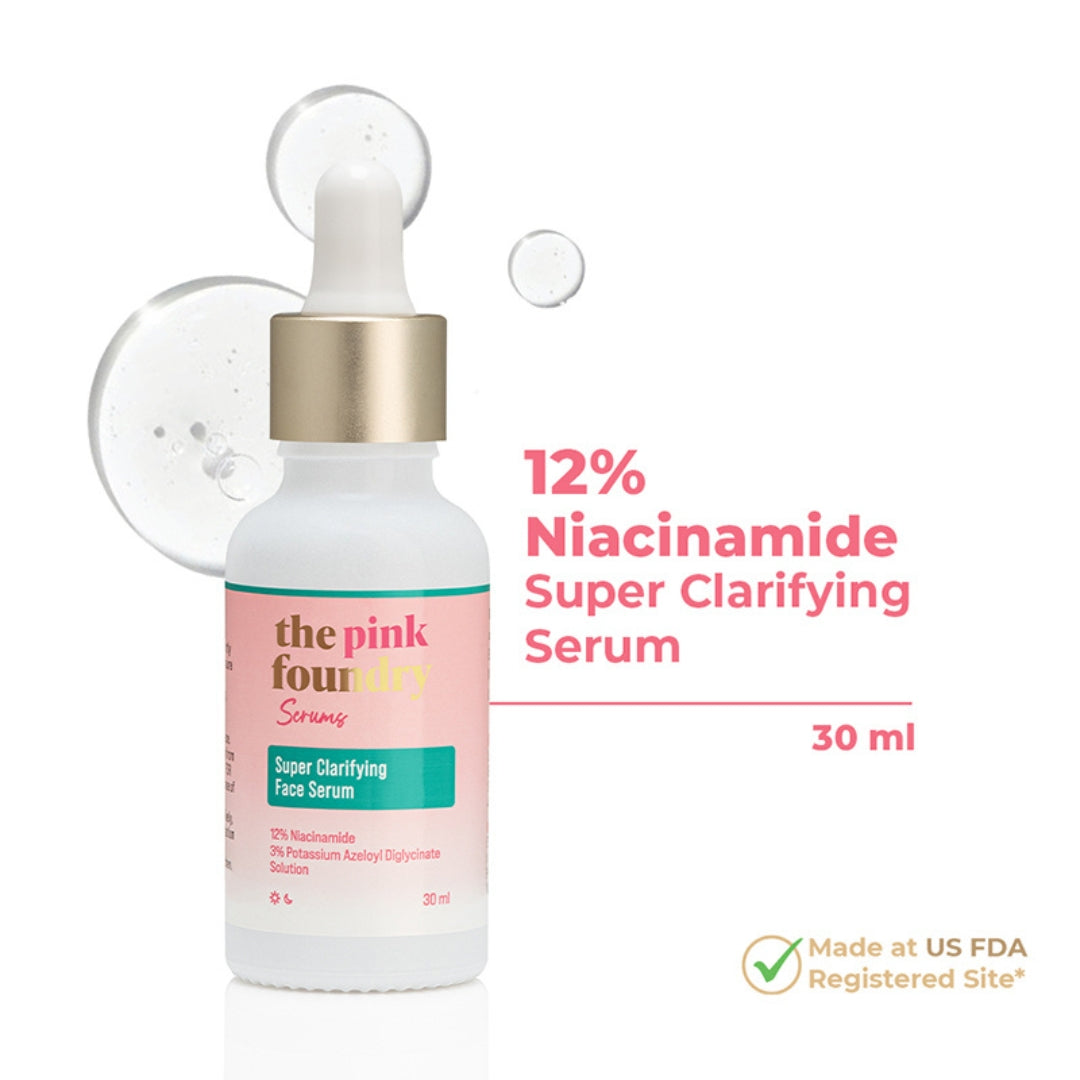
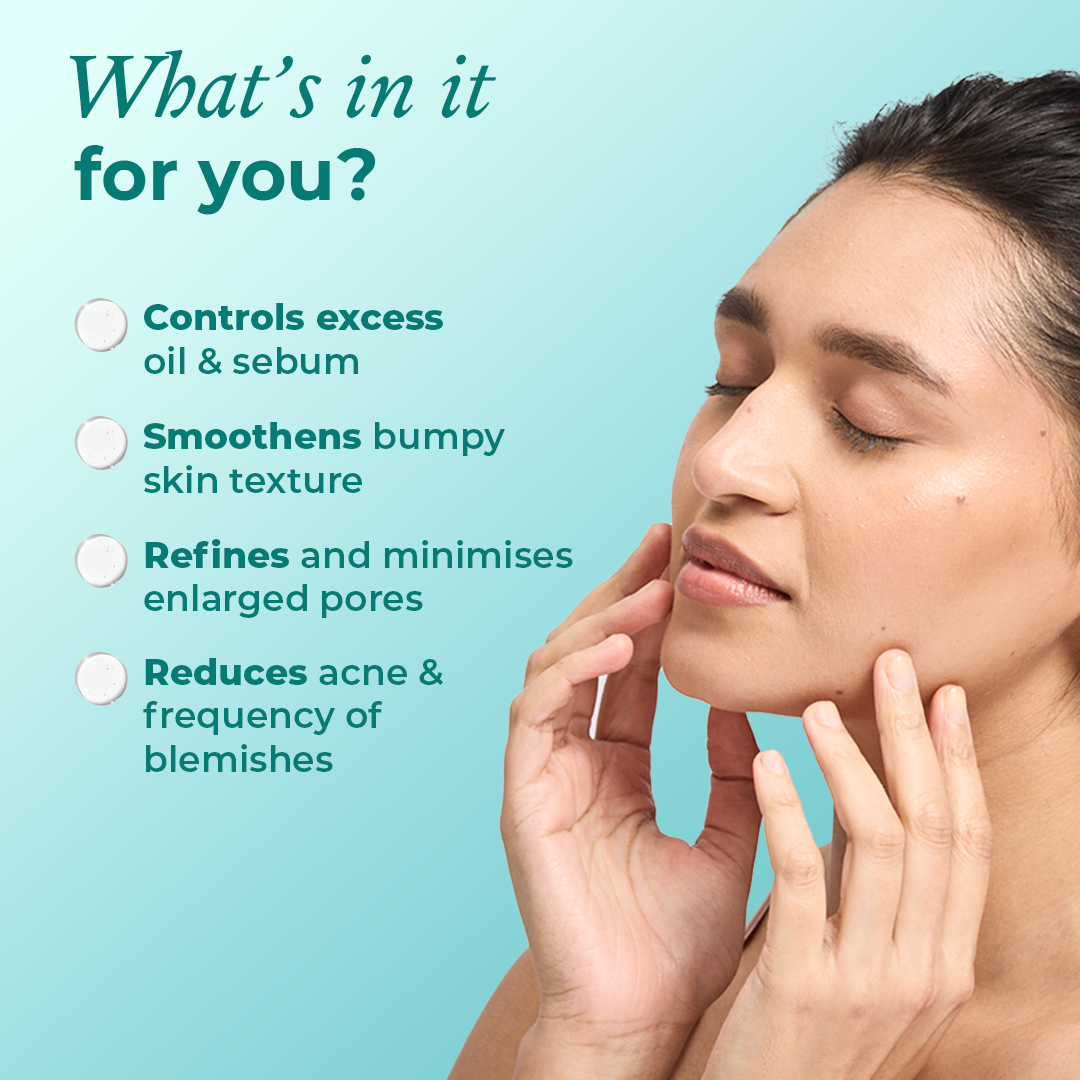
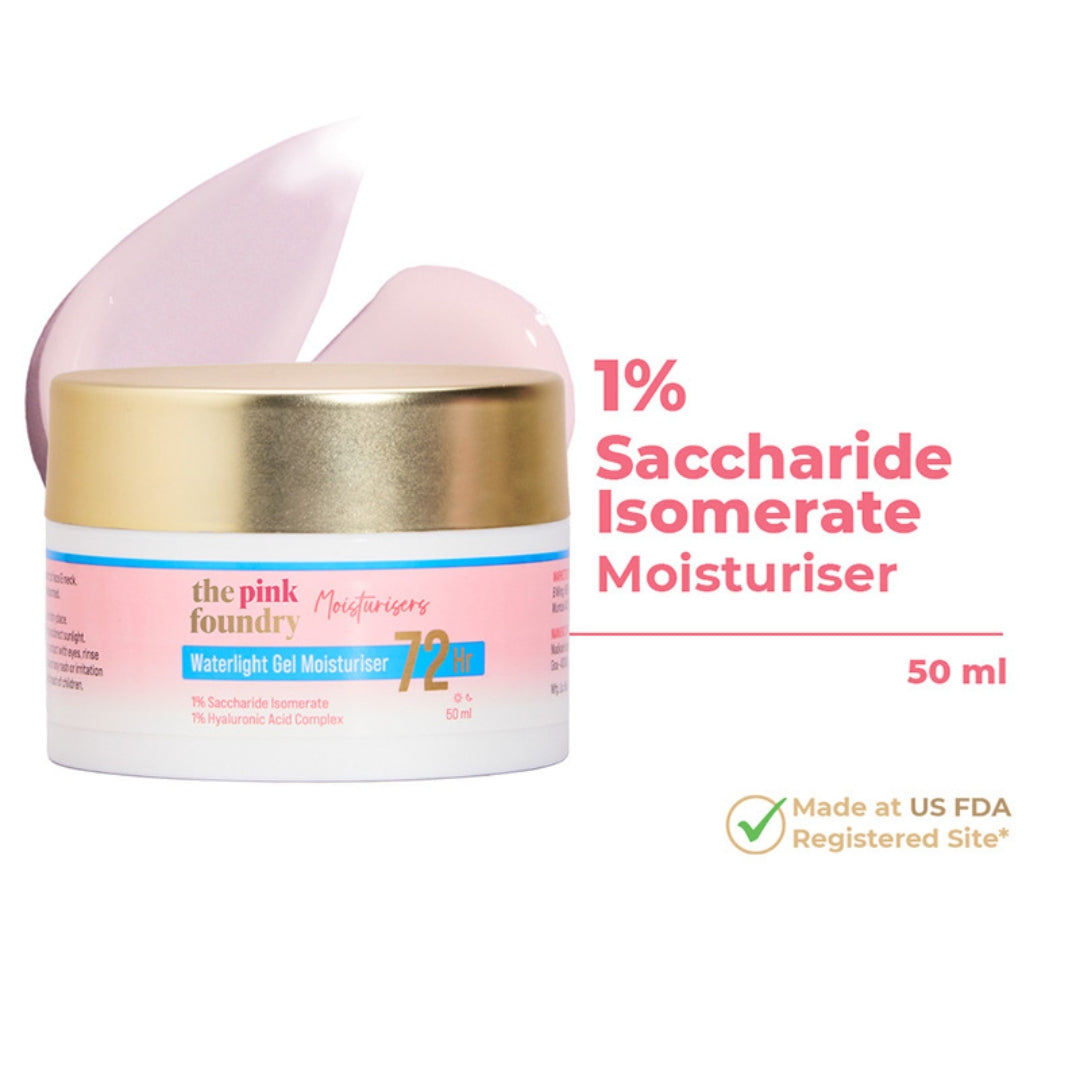
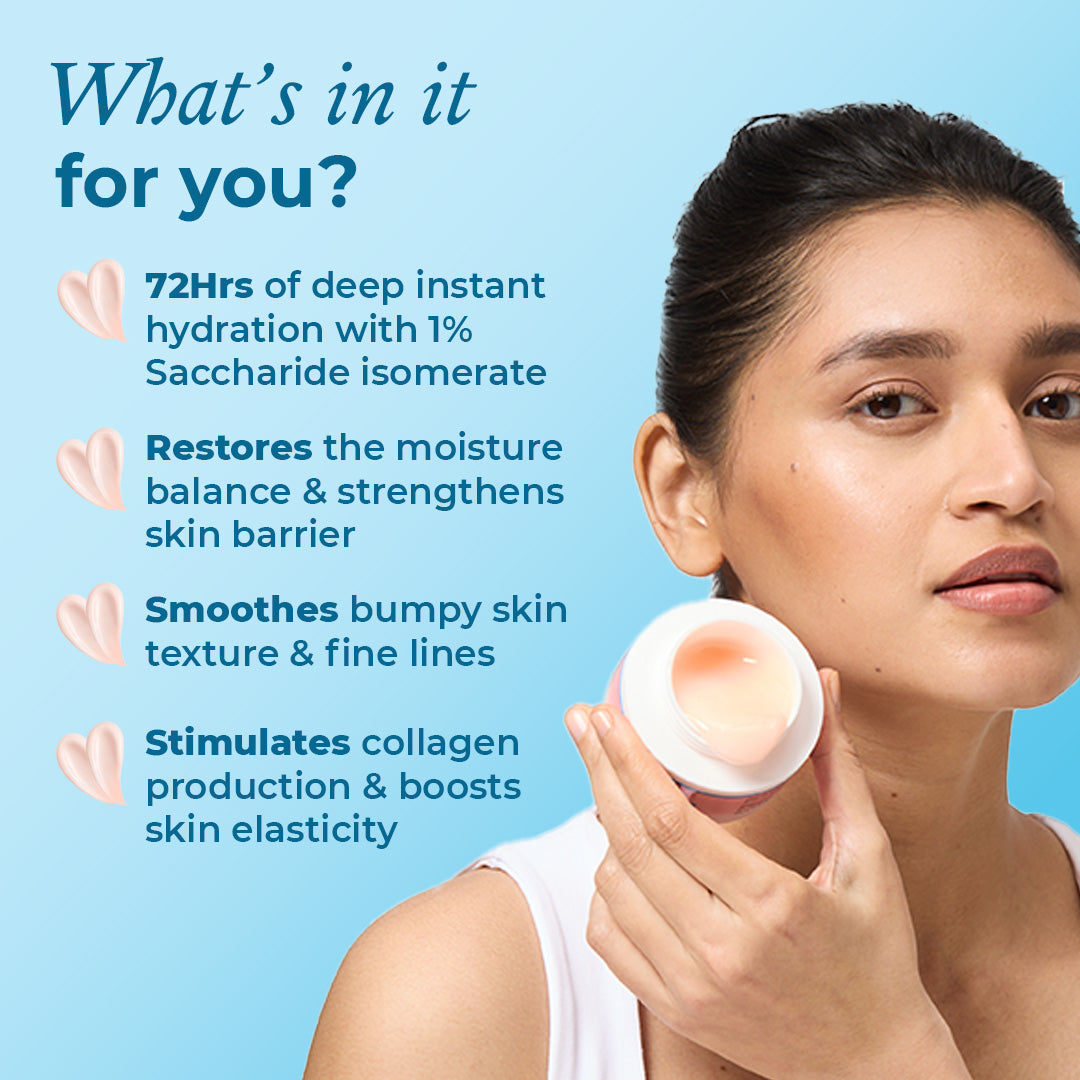




Leave a comment
This site is protected by hCaptcha and the hCaptcha Privacy Policy and Terms of Service apply.